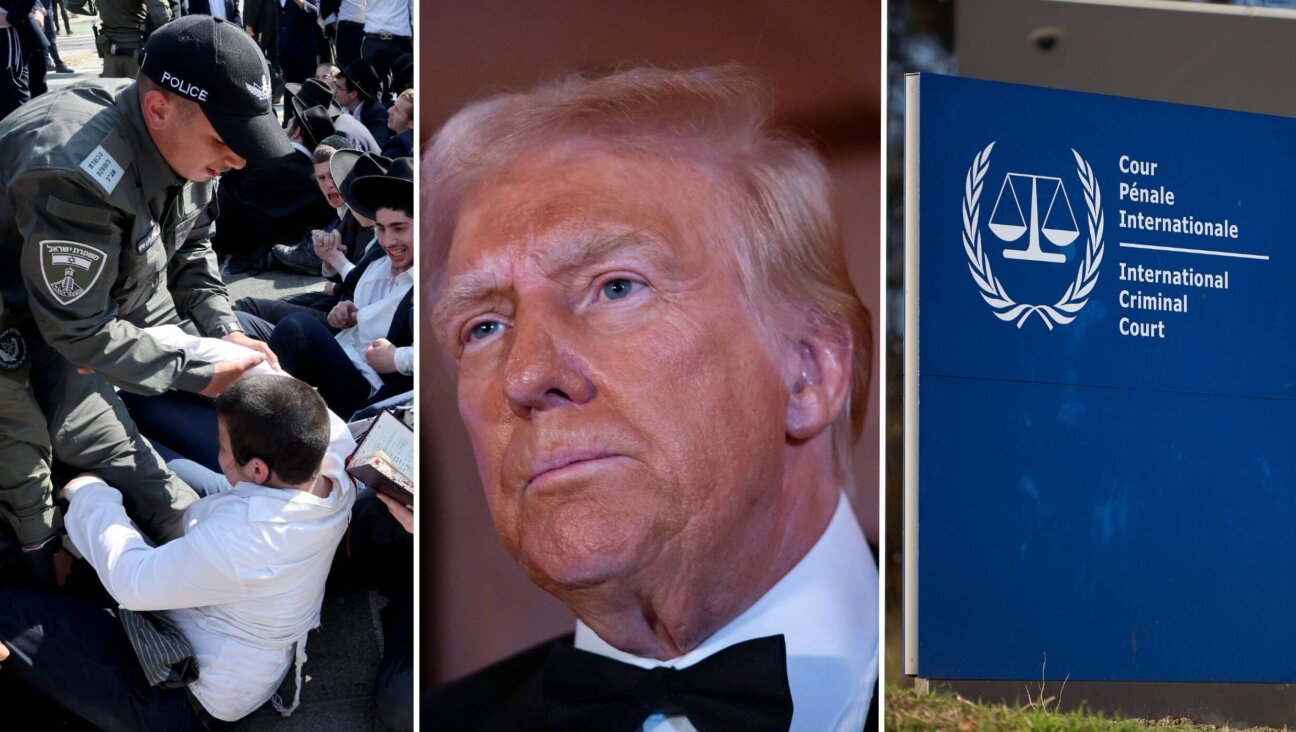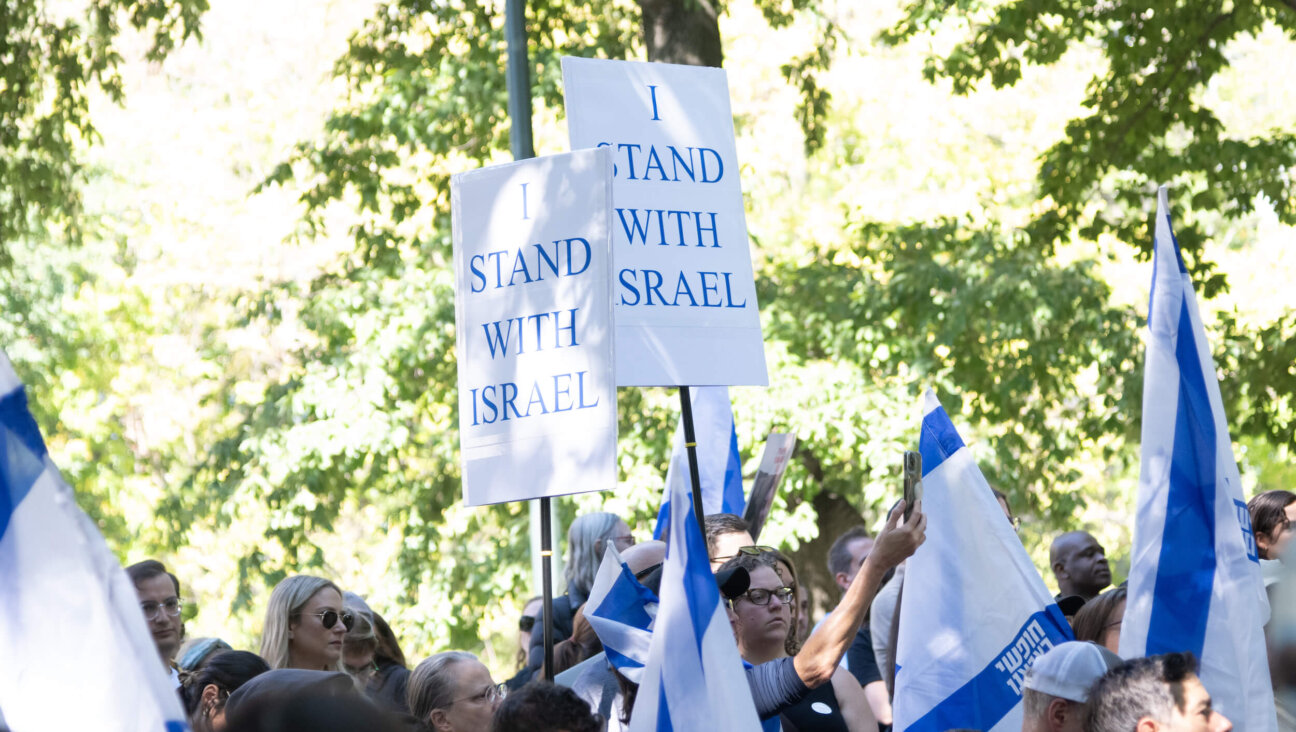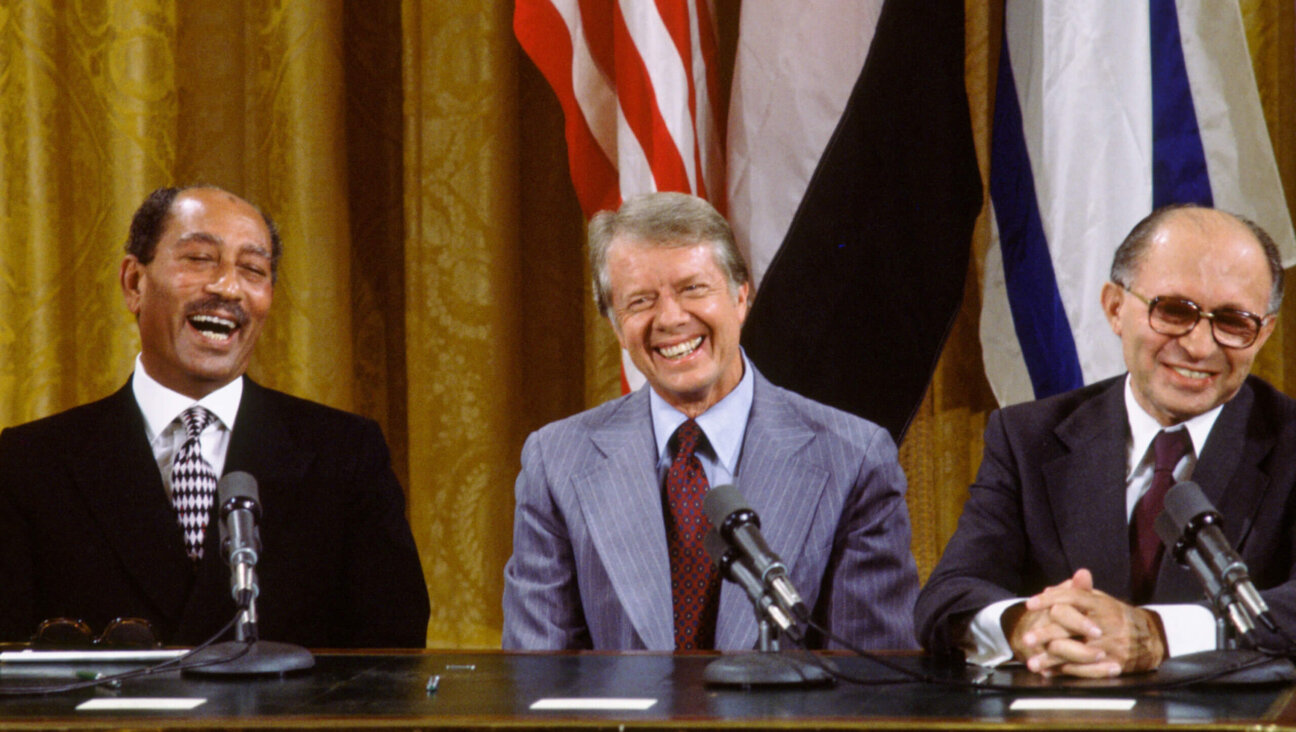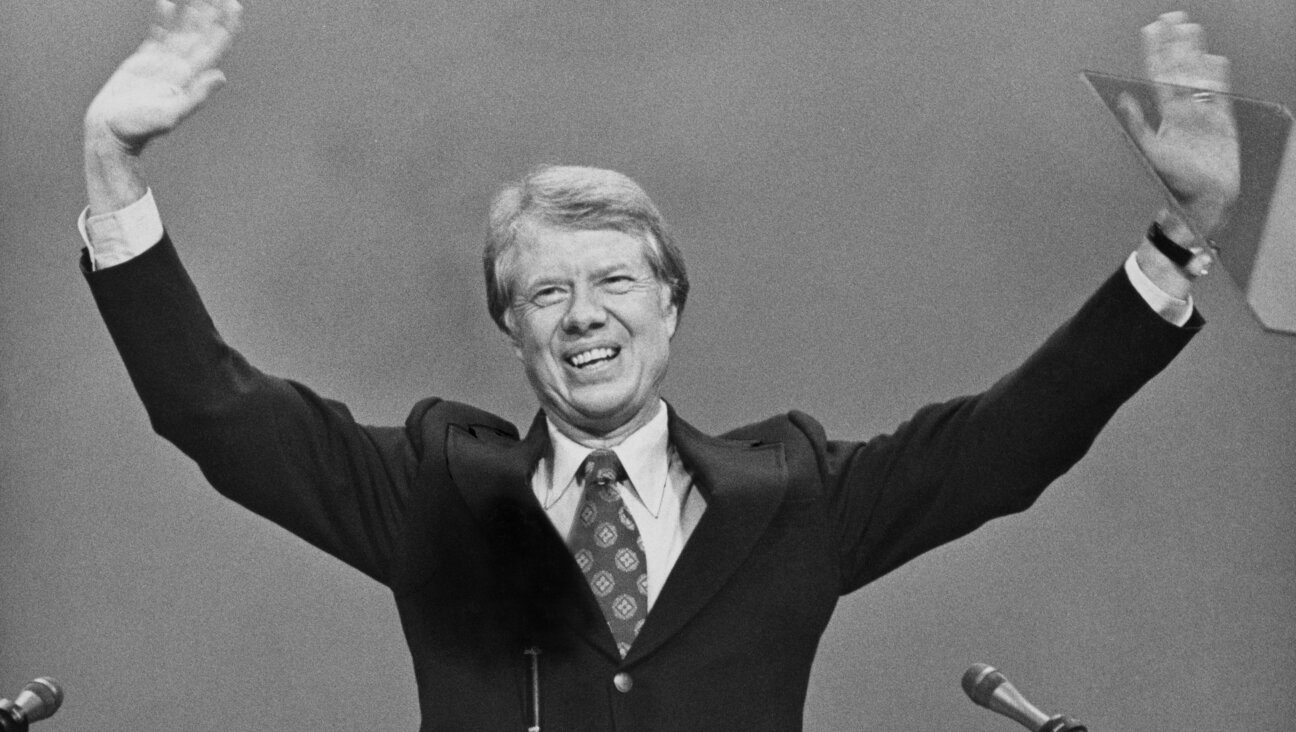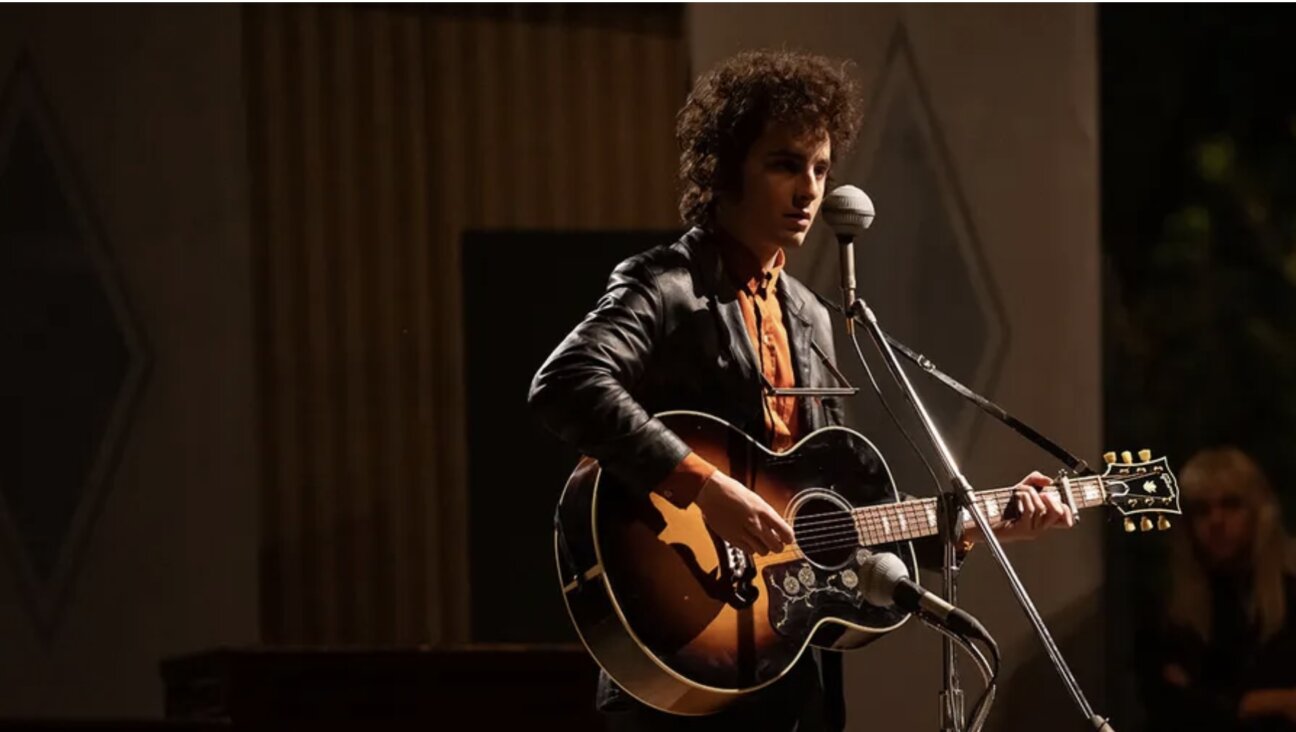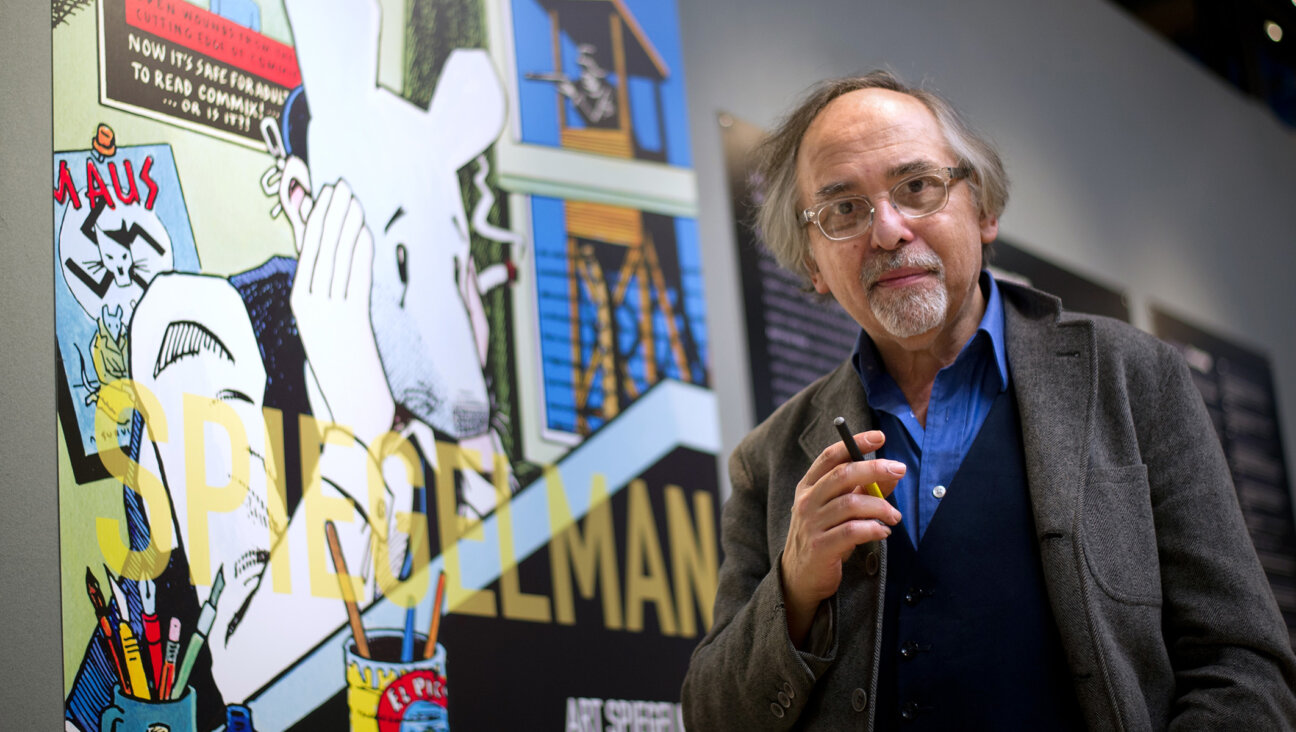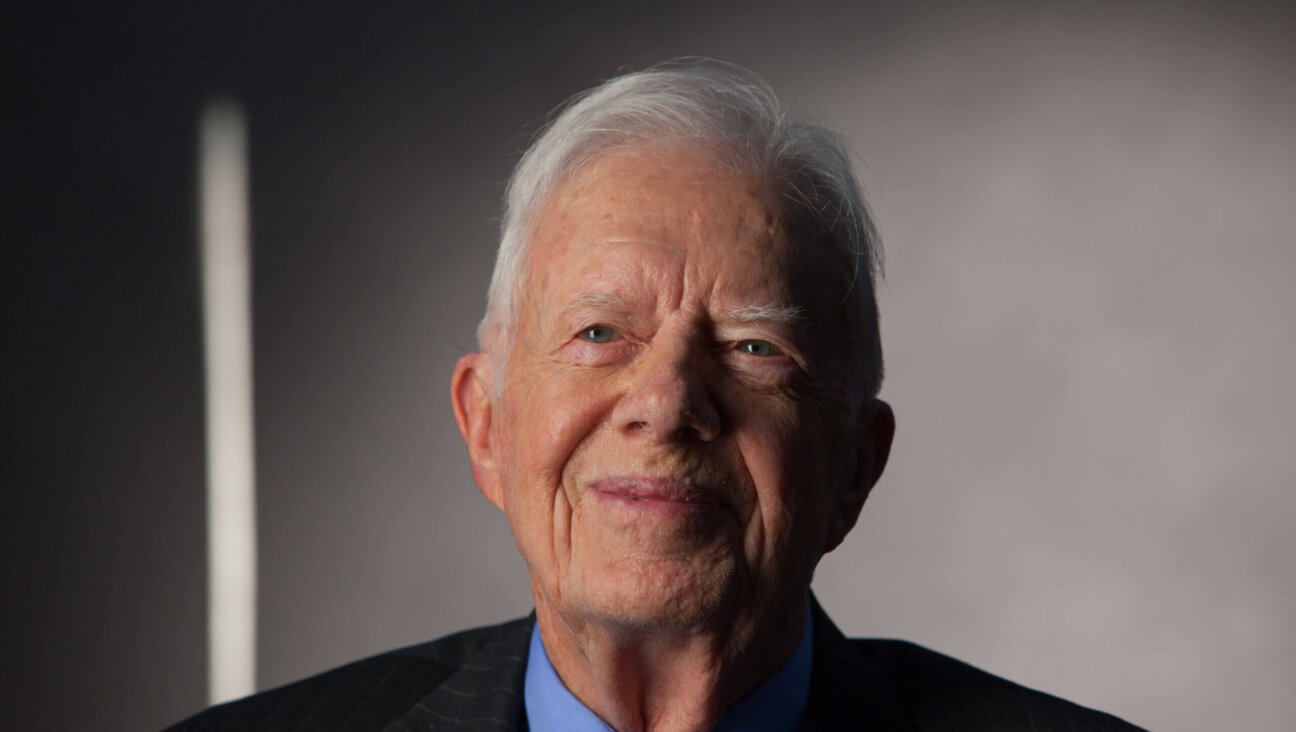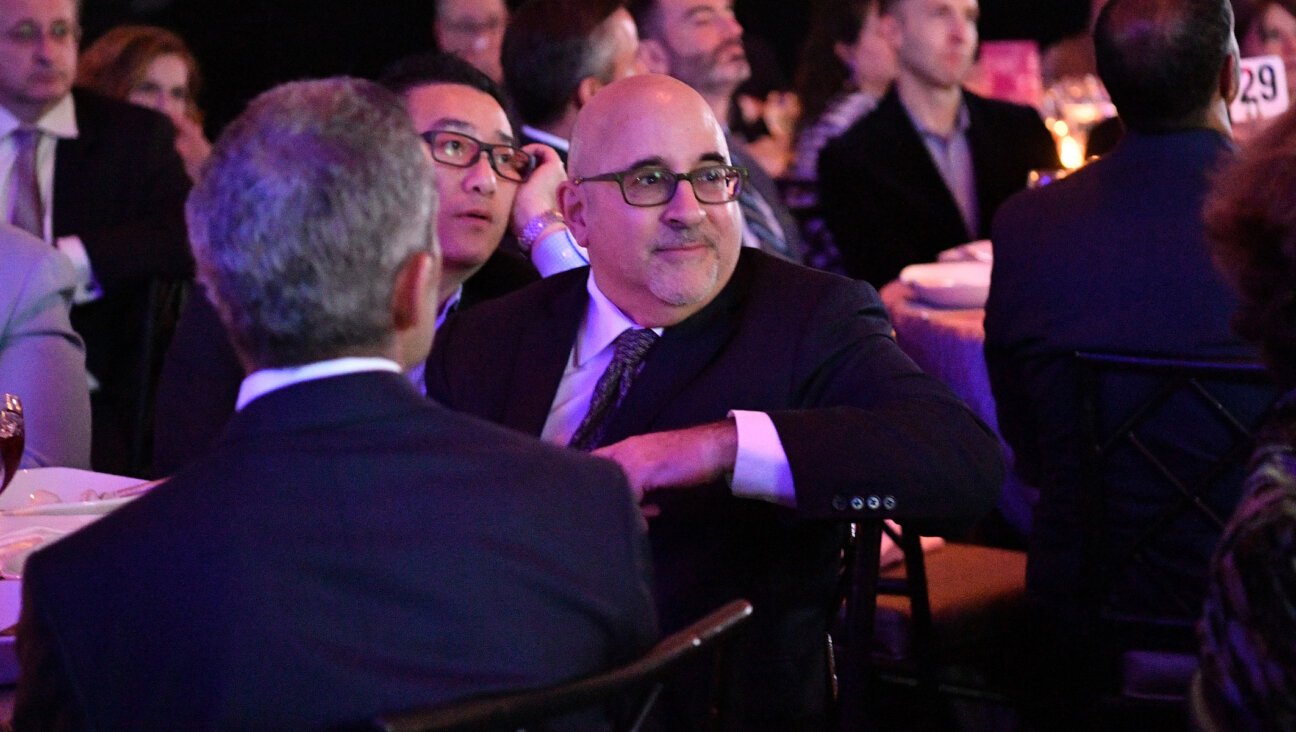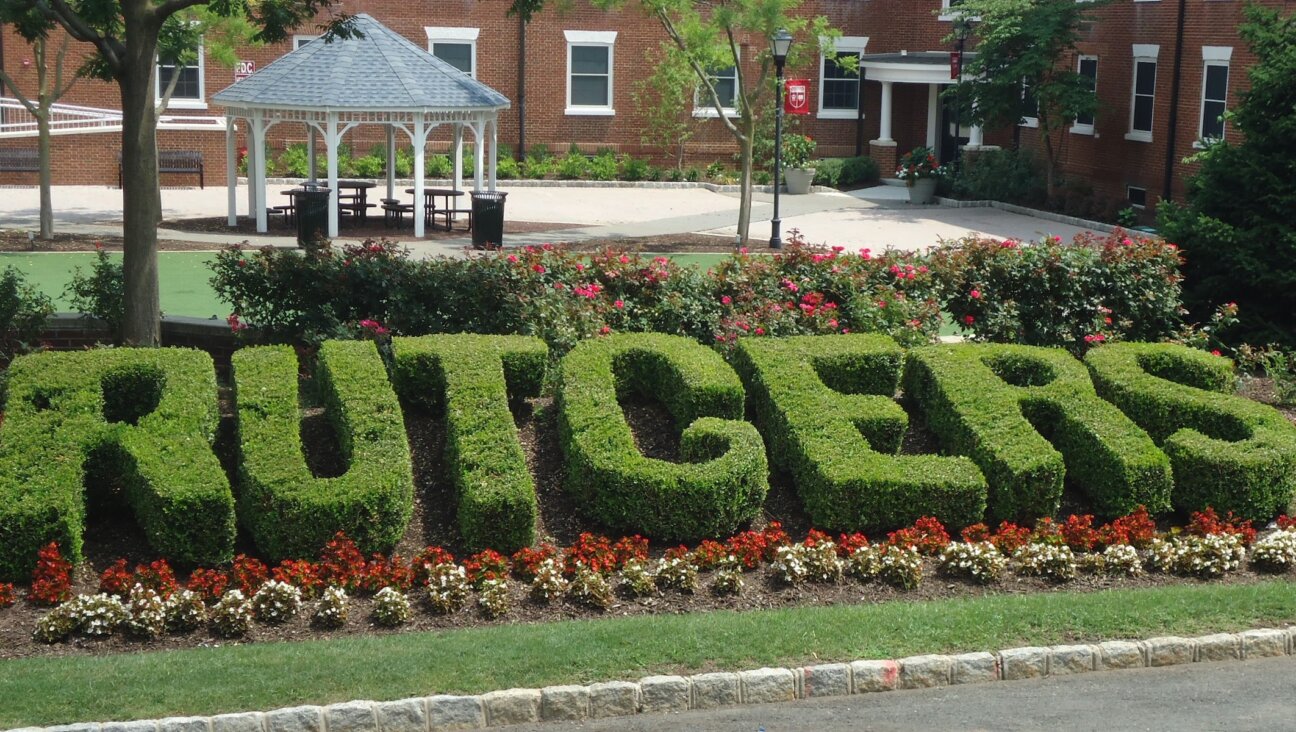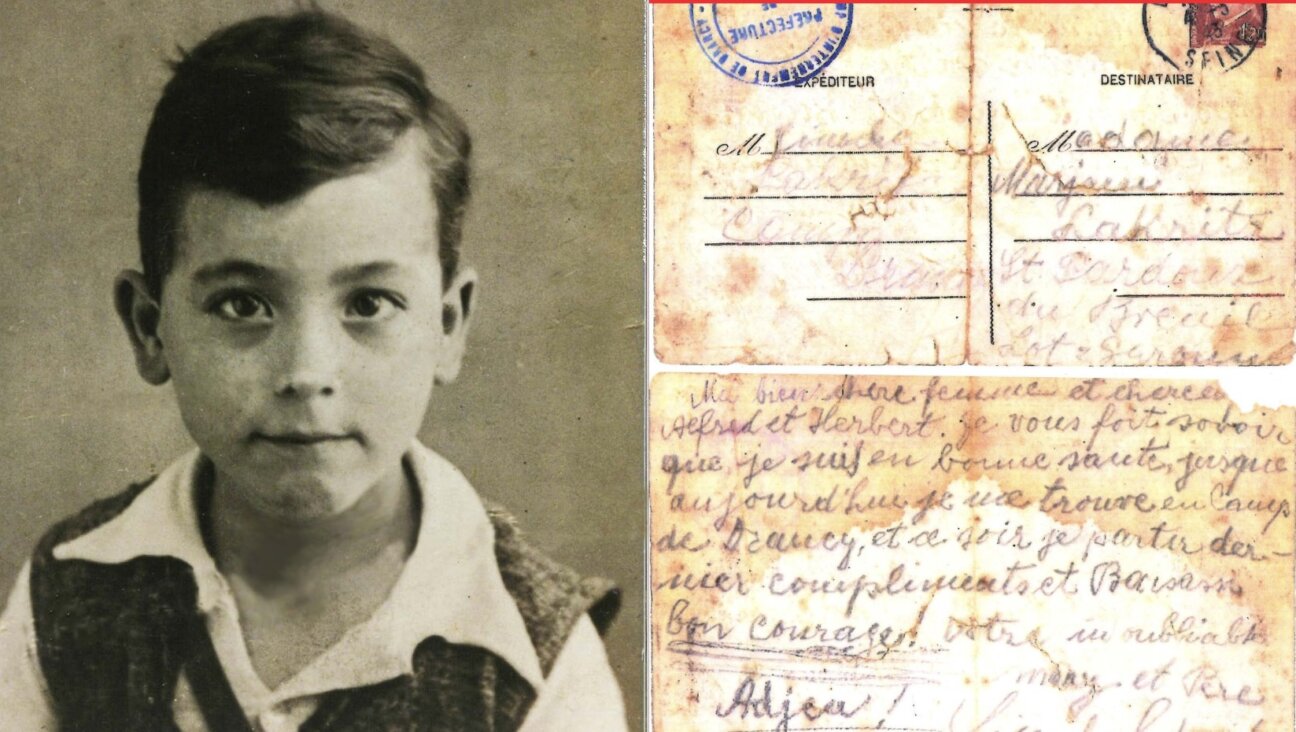Marching on Umm al-Fahm
Pesach seems at first (and second, and third) blush to be about Big Things. You don’t get much bigger than slavery and freedom, than exodus and liberation. But reading the story reminds us that most, if not all, big things are composed of an array of little things. The happenstance witness of an injustice leads to an intervention that ultimately changes history; a lost animal leads to an encounter with God; Nachshon’s boldness enables the crossing of the sea.
Here are some little things of our own time that add up to a Big Thing, a big thing that endangers Israel’s future.
In 1965, I was one of four or five American Jews who met with then-prime minister Levi Eshkol. During the course of our meeting, one of Eshkol’s aides entered the room and handed him a report, apparently a report he’d ordered up on demographic developments in the Galilee region — specifically, its large and growing Arab majority. Eshkol glanced at it, and whether because he did not realize there were Hebrew-speakers among his visitors or because he did not realize the importance of what he was saying, remarked to his aide, “Ah, then we’d best accelerate the program for Judaizing the Galilee.” No talk of greater autonomy for the Arab citizens of Israel, no talk of building bridges between Arabs and Jews, Israelis all. Just: Let’s make sure to outnumber them.
Little thing: The words of Israel’s anthem, “Hatikvah,” are not words that are sing-able by Arab citizens of the state. A Jewish soul that yearns, a 2,000-year-old dream? These are lyrics for Jews to sing and mean, but no Arab can even lip-sync them.
Little thing: Umm al-Fahm. It is the largest city in the heavily Arab Wadi Ara region, that area of Israel the new foreign minister, Avigdor Lieberman, wants to transfer to a future Palestinian state (in return for Israeli sovereignty over Jewish settlement blocs now part of the West Bank). Umm al-Fahm has become, in many ways, the focal point for the rising tension between Israeli Jews and Israeli Arabs.
On March 24, Baruch Marzel, a notorious Israeli provocateur who spent 10 years as top deputy to the notorious Meir Kahane — and who makes Avigdor Lieberman seem like an enlightened moderate — led a demonstration in Umm al-Fahm. Marzel and some 50 others — kept four football fields distant from the residential sections of Umm al-Fahm, with 2,500 police deployed to prevent violence — were, in effect, playing the race card. And, predictably, there was violence. Some Palestinians threw stones at the demonstrators from nearby rooftops, the police intervened, there were some injuries, and for several hours after Marzel and his people had done their 30 minutes of provocation, unrest persisted.
Umm al-Fahm is often described as a hotbed of Palestinian nationalism. But it is a curious kind of nationalism: The residents of Umm al-Fahm have repeatedly asserted their desire to remain part of Israel. Their preference, of course, is for an Israel that is “a state of all its citizens” rather than a Jewish state, but, one way or another, they are Israeli citizens, even as they feel themselves connected to the larger Palestinian people.
Altogether, the March 24 demonstration was a shabby affair. Not many demonstrators (their number limited by the police), not so many stone-throwers, a few handfuls of Jewish counter-demonstrators, residents of nearby towns who have ongoing relationships with Umm al- Fahm, plus a cohort of Peace Now activists. Not much ado about nothing; little ado, in fact, but about something, something big and growing — to wit, the unresolved dilemma of the place of some 20% of Israel’s people (i.e., Palestinian citizens of Israel) in the Jewish state.
But do not despair. Pesach forbids despair. On April 5, a group of Orthodox Jews, largely from Rehovot, along with New Israel Fund activists, held yet another demonstration in Umm al-Fahm, this to counter the Marzel provocation. They came with signs of friendship and inclusion, and they were greeted by the residents with flowers.
There are, in fact, hundreds of groups in Israel that in one way or another engage in bridge-building, seeking reconciliation between Arabs and Jews. The tides of the day move in quite the opposite direction; inter-communal suspicion and hostility grow, the belief in peace becomes more and more porous, dreamy. And those hundreds of groups that persist in reaching out, in creating and sustaining real relationships are, typically, small, and in the prevailing climate perhaps even fringy.
But: Not far from Umm al-Fahm, there’s an Arab town called Kafr Kara. In Kafr Kara, there’s a bilingual school — Bridge Over the Wadi, it’s called — where some 200 children, Jewish and Arab, learn together. It’s one of four such schools sponsored by Hand in Hand, an Israeli NGO that refuses to concede the future to the likes of Marzel.
And who can safely say that the future belongs to Marzel and Lieberman rather than to Hand in Hand and others of similar noble disposition?
A message from our Publisher & CEO Rachel Fishman Feddersen

I hope you appreciated this article. Before you go, I’d like to ask you to please support the Forward’s award-winning, nonprofit journalism so that we can be prepared for whatever news 2025 brings.
At a time when other newsrooms are closing or cutting back, the Forward has removed its paywall and invested additional resources to report on the ground from Israel and around the U.S. on the impact of the war, rising antisemitism and polarized discourse.
Readers like you make it all possible. Support our work by becoming a Forward Member and connect with our journalism and your community.
— Rachel Fishman Feddersen, Publisher and CEO







